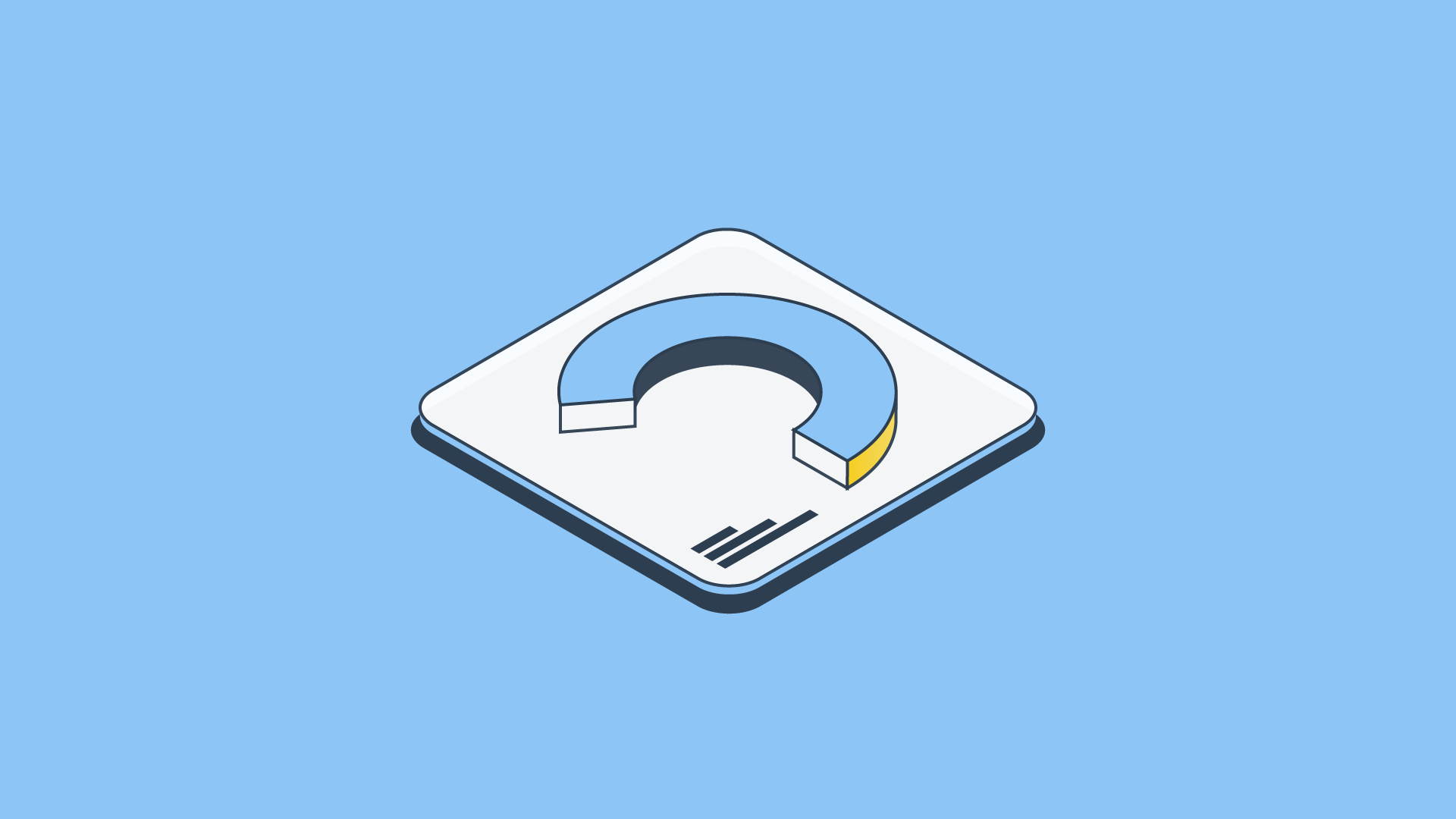Website design has changed, and these web design stats prove that Growth-Driven Design (GDD) makes better websites for business and better user experiences. Not only does this new approach produce better, faster, and cheaper outcomes, but it also reduces the number of headaches along the way.
Is your design team using statistics to guide their decisions or are they relying solely on gut instinct? As marketers, we often get caught up in our designs without thinking about the numbers behind them.
When designing websites, apps, marketing campaigns, and other digital experiences, we can sometimes fall into the trap of focusing only on the aesthetics of a project. This means we fail to consider the impact it might have on conversion rates and user experience.
It can be tempting to rely too heavily on intuition during the design stage of projects, but statistics can provide valuable insights into the future performance of a site. Some studies show that even a slight change in the number of pixels between two designs can affect customer behavior.
In today’s post, we are going to share some statistics related to growth-driven design. This will give you a better understanding of what growth-driven design stands for and why it matters. Are you ready? Let's go!
|
Growth-Driven Design Growth-Driven Design (GDD) is an efficient and productive method of designing and developing a website that is always adapting to user interests, using data. |
Traditional web design has some serious flaws
Web design has been hampered by the "set and leave" approach to development. Companies spend unimaginable amounts of time and resources building websites that sit idle on their server.
The website is outdated at launch.
If websites remained relevant for eternity, then there would be no need to update them. However, the sad reality is that they don't, and most of them end up becoming obsolete within the same amount of time that it takes for them to be developed. There are always unexpected obstacles and problems that arise which cause projects to be delivered late.
Many of these issues are not new and many studies have been published focusing on the traditional website development processes:
- From the 6,000+ websites surveyed, 57% said they plan to redesign their sites within the next 12 months. That's 3,400 site redesign projects from this survey group alone!
- On average, traditional redesigns are delivered 2 weeks late.
- A whopping 54% of marketers say they struggle with IT and web-related issues.
- On average, web design projects typically run about $50,000.
- Only 49% of web design project launches meet their deadlines.
How Growth-Driven Design Creates a Better Website
Those who have dealt with some rather difficult clients may laugh at the idea of “the customer is ALWAYS right”. But in this case, that statement couldn't be more true!
We live in a time when our competition is only a few clicks away. If your website isn’t optimized for its visitors, what stops them from clicking the back button and going somewhere else on the search results page instead?
This is the main point behind Growth-Driven Design. It focuses on the user experience. A Growth-Driven Design website is continuously monitored. Data is gathered on how well it is performing and whether there are any ways it could be improved. If some parts of the site aren't working well, tests are run, and then they're fixed so that they drive better results.
At the heart of GDD is the idea that by tapping into your user base and learning what it is they need, you can then create a website that fits their needs. Therefore, your website is ever-evolving and adapting to consumer needs.
The results speak for themselves:
- On average, agencies saw 16.9% more leads after six months.
- According to agencies, they typically see an increase in traffic by 14% after six months.
Sign up to our newsletter for regular insights.
How User Testing Helps You Improve
User testing is an excellent tool for understanding how products can be improved. The results of these tests provide valuable insights into what your actual user base expects from your product or website, which helps you improve your design and functionality.
Companies that adopt Growth-Driven Design fully leverage that and are constantly collecting user data. It starts by setting up an initial plan for the project with tests and then moves into the continuous improvement phase where we gather feedback from your users and improve the product.
Unfortunately, some people may not see the value in user tests and will cut corners, which could leave them with a less-than-desirable website. However, those who embrace user tests with open arms will benefit from them.
Companies that run testing can develop effective websites and improve any friction they might encounter from their users. Data collection doesn't always need to be for the sole purpose of benefiting the department that is collecting the data. Sharing this information across the entire team and multiple departments can help others understand things they might not have considered before, which could extend the benefits of user tests even further.
Here's some evidence that shows why user testing is important:
- Only 55% of organizations are performing user experience tests.
- Only 56% of those in senior executive positions at their companies consider user experience (UX) as an important factor when they make business decisions.
- After listening to its audience and incorporating user feedback into its homepage redesign, ESPN.com saw revenue jump by 35%.
- 84% of organizations are predicted to increase their focus on measuring customer experiences and metrics.
- According to a recent survey conducted by User Interface Engineering (UIx), 73% of companies that are not already doing user experience (UX) research plan to start doing so within the next year.
- Only 47% of marketers reported that their website design and user experience improved after they learned from an optimization lesson.
- Only 36% of researchers review their user testing results together.
- 37% of marketers didn't review the metrics from their previous website project.
Why User Experience is So Important
Today, the customer's (or visitor's) first impression goes a long way toward determining whether they stay or leave your site. From the look and feel of your website to its functionalities and design, everything matters when it comes to creating an excellent online presence for your business.
With continuous improvements to the site and by constantly collecting user input, Growth-Driven Web Design ensures your site provides the best user experiences possible.
- Optimized user experience (UX) designs can yield better conversion ratios of up to 400%.
- A site’s design was the most important thing for 48% of respondents when judging whether they would trust a company.
- If your site isn't optimized, then 79% of users will go elsewhere to complete their tasks.
- 88% of online shoppers are less likely to return if they had a bad user experience.
- About 38% of users will disengage from an online experience if they don't like its appearance.
- 94% of people stop visiting websites if they see them with an outdated and degraded web design.
- 95% of people agree with the statement "good user experience just makes sense."
Start Your Growth-Driven Design Journey
Websites are no longer considered luxuries; they're now at the forefront of every company's marketing strategy. They're often what make the biggest impressions on their clients.
These growth-driven web design stats show that it isn't enough to simply have a good site; you need to use every available resource to make sure your site is perfect for your audience. Whether you use growth-driven design, usability testing, or customer feedback, every bit counts when it comes to making your website successful.
At Fine Media, we believe that the quality of user experience should be one of the top priorities for any business. That's why we've dedicated ourselves to providing our customers with the highest level of service and support.
Start your Growth-Driven Design Journey!
Sources: HubSpot, Growth-driven design, Marketing Charts, User Experience Association, MarketVeep


.png)
.png)